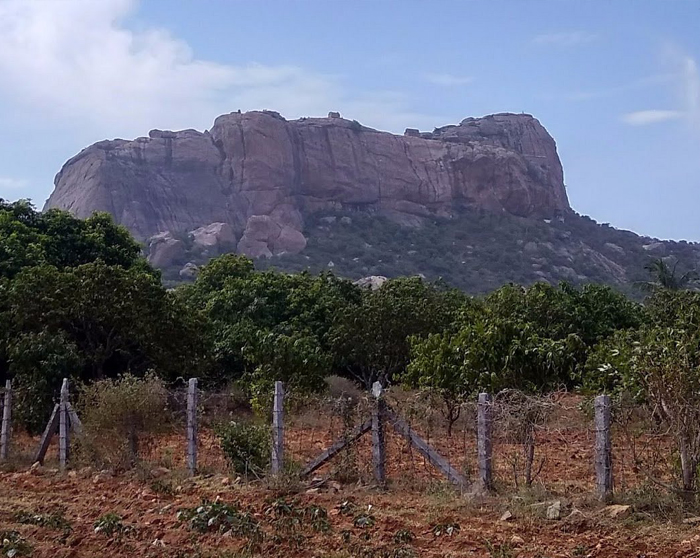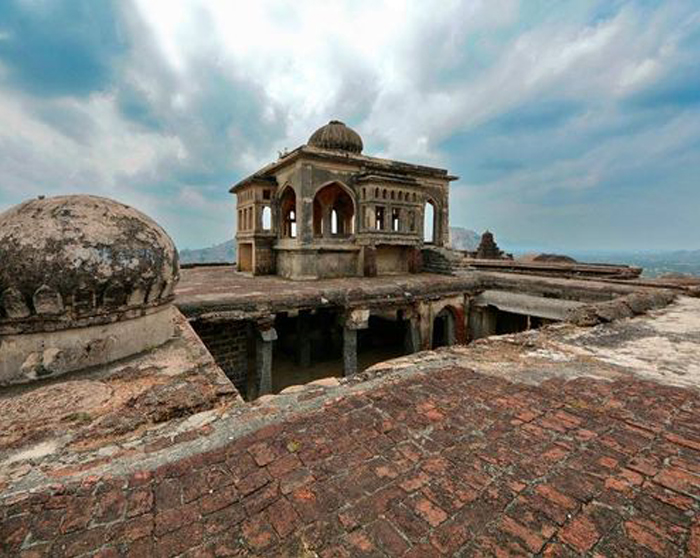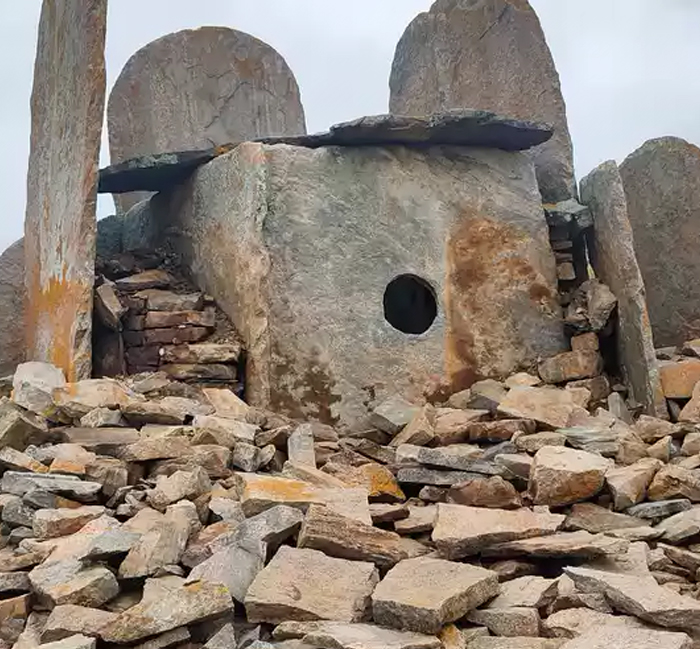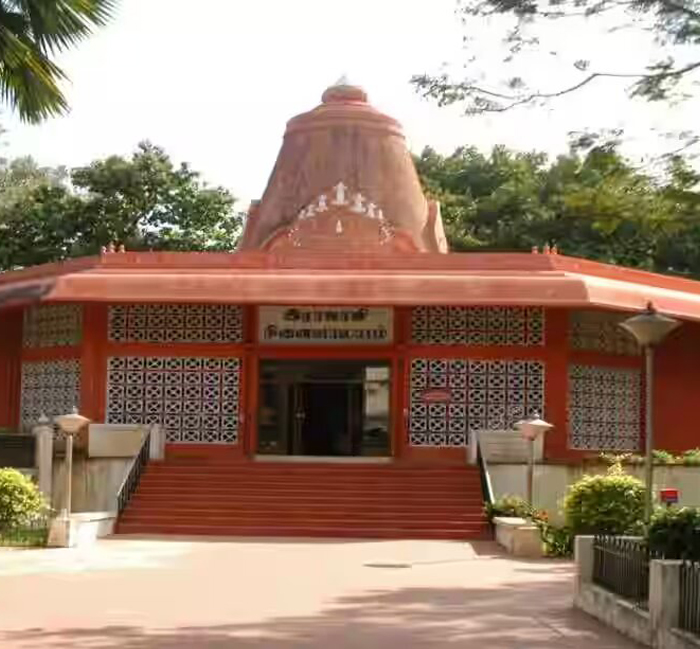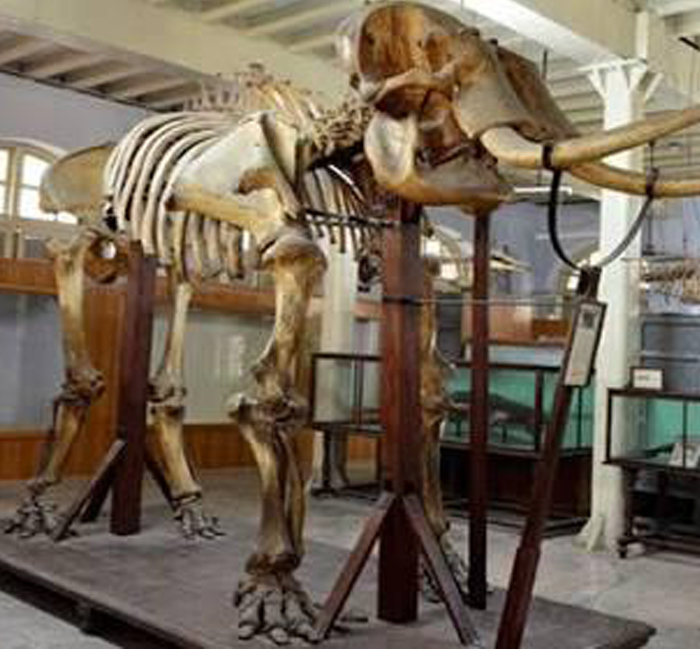Rayakottai Fort
* is located 36 kms from Hosur and it is a hill trek. It is a culmination of climbing stairs, walking on a normal path, visiting temples, exploring caves. It is declared a protected monument by the ASI of India. It is offbeat and gives incredible views with a throwback to history. It is said that the fort was initially built by Jagadeva Raya, a Palegara of Channapatna town in Ramanagara district, thus the name ‘Raya Kottai’. Later, Hyder Ali and Tipu Sultan ruled this fort in the 18th century. The fort was captured by Major Gowdie during the Third Anglo-Mysore War in 1791. According to the Treaty of Srirangapatna, this fort came into the hands of the British. The trek is meant for people who appreciate raw nature, history buffs, photographers and trekkers. Being an easy trek, it is equally suitable for beginners and experts.

